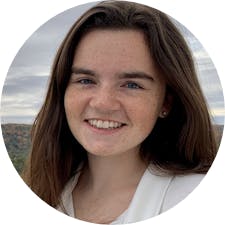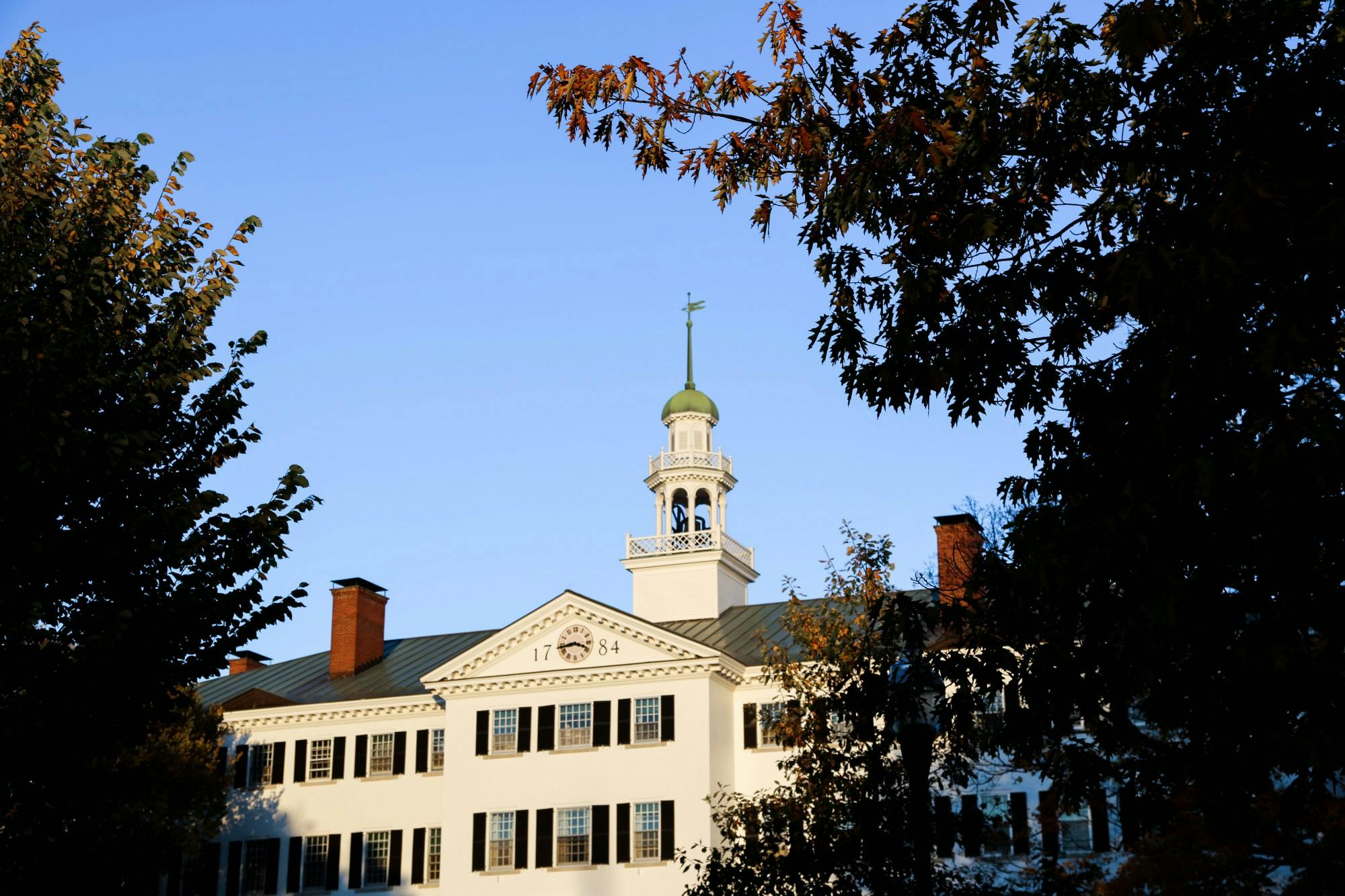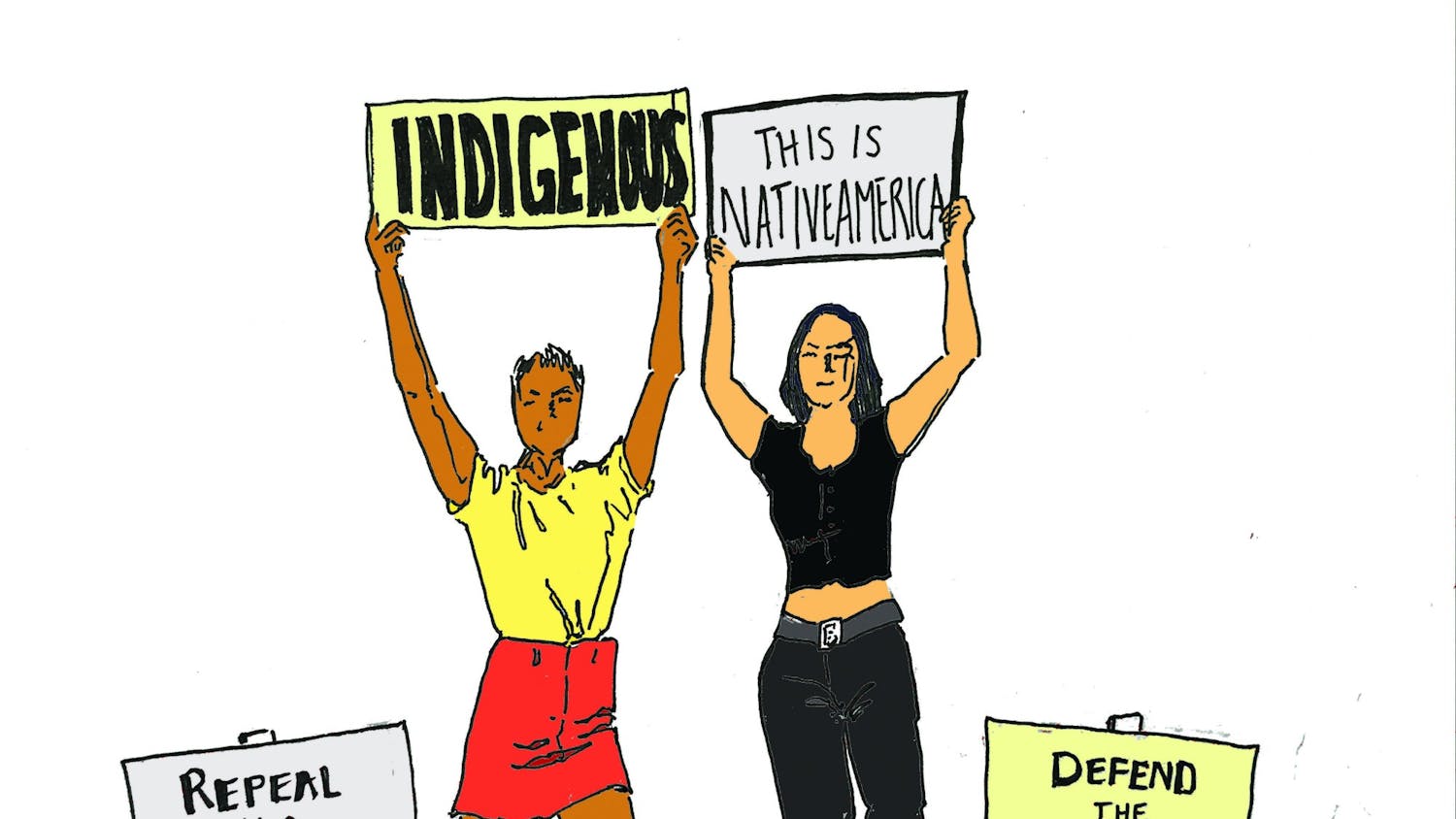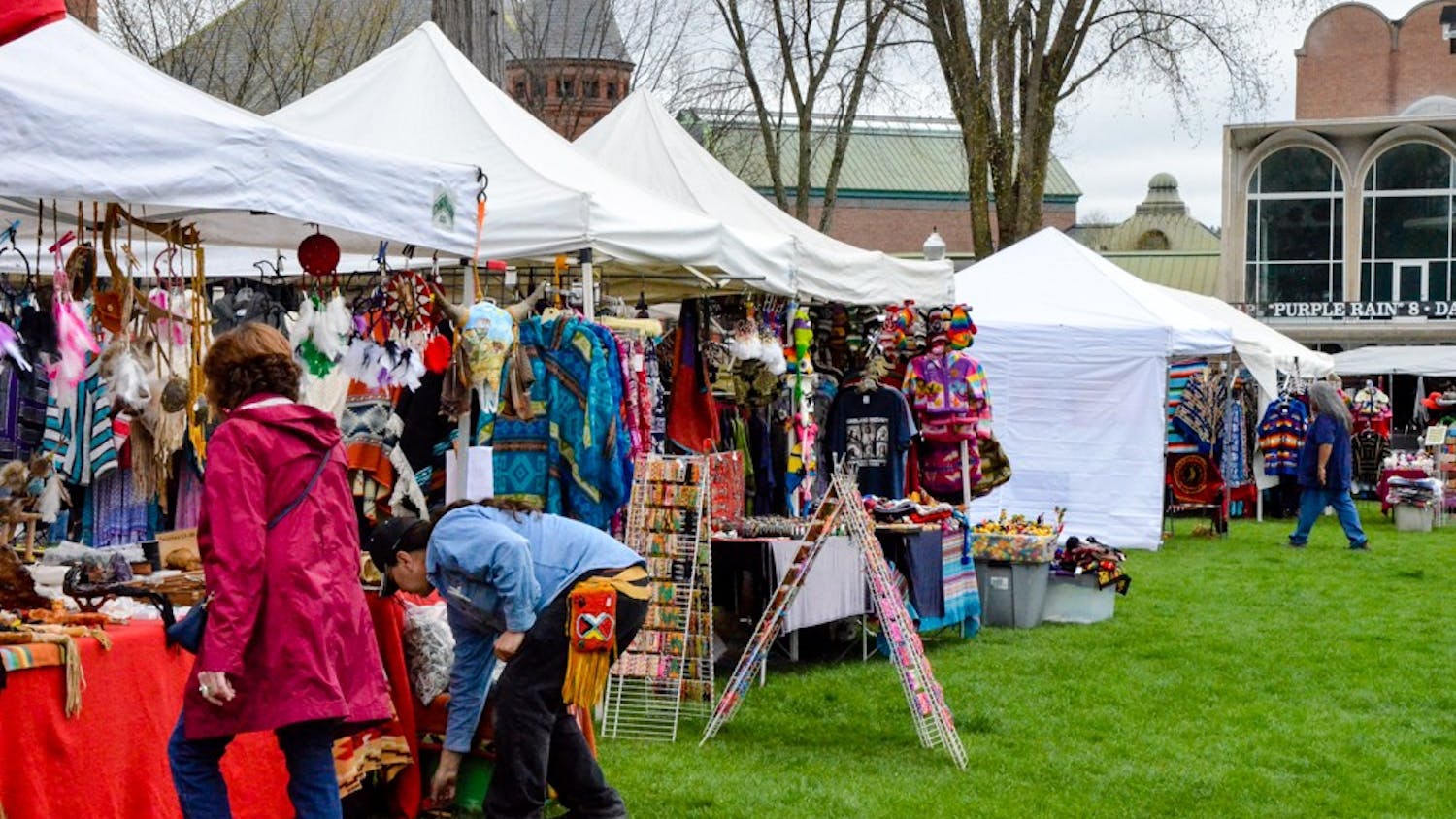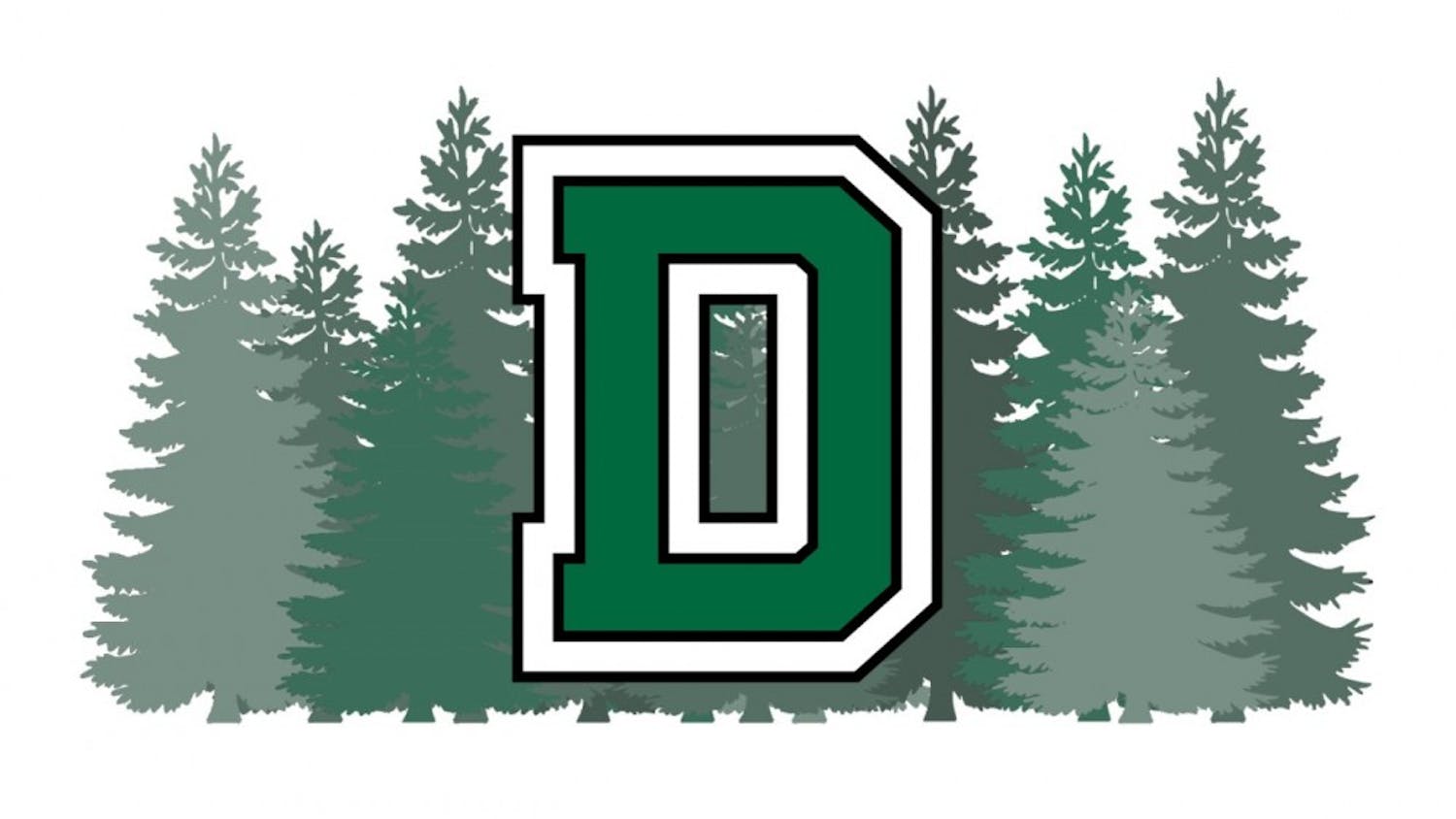This article is featured in the 2020 Fall special issue.
The “cheap and cheerful version” of Dartmouth’s founding story, if you ask professor Colin Calloway of the Native American Studies program, goes something like this: Eleazar Wheelock established Moor’s Indian Charity School in 1754 in Lebanon, Connecticut with the ostensible purpose of “Educating Such of the Indian Natives, of any or all the Indian tribes in North America,” as written in the school’s charter. This education included reading, writing and the usual liberal arts selection, but had a particular emphasis on “instructing them in the Knowledge & Practice of the Protestant Christian Religion.”
As demonstrated by Wheelock’s star pupil, Samson Occom of the Mohegan tribe, the Wheelock curriculum prepared its recipients for life as missionaries and ministers, according to Calloway. When Wheelock decided to move into the realm of higher education, Occom went to Great Britain to raise seed money, which he achieved through giving nearly 200 sermons in about two years. He made £12,000 between his sermons in England and Scotland. With this money, Dartmouth was officially established in 1769 in Hanover, New Hampshire — following much debate regarding the location.
In 1771, Occom criticized the trajectory that would come to define the real, less cheerful history of Dartmouth. Calloway referenced a letter to Wheelock in which Occom accuses him of creating an “alba mater,” or “white mother,” whereas he had promised to create an “alma mater.” While the College’s earliest graduating classes comprised only a handful of students, by the turn of the 19th century the College had graduated only three Native students. By its own founding standard, Dartmouth had failed.
Myranda Fuentes, an institutional research specialist at Rauner Special Collections Library, noted that when Occom spent two years abroad raising money for Dartmouth, he didn’t know where the money would end up being spent. Specifically, she said that Occom, who belonged to the Mohegan tribe, did not know the College would be built on Abenaki land.
“[Occom had] reason to believe that his people [would] benefit from this school specifically, and the move to New Hampshire sort of assure[d] that that [wasn’t] going to happen,” Fuentes said. “Samson Occom and Eleazar Wheelock specifically have a falling out about the location of the school because the location of the school determines who gets to benefit from the school.”
While few Indigenous students benefited from the College at all in the beginning, Wheelock’s decision to move the school to New Hampshire meant that Occom’s tribe wouldn’t be among them. Occom’s name is all over the College today, and by historical measures he earned recognition as a Dartmouth co-founder, but he split from Wheelock early in the College’s history. Their fractured relationship was an early symptom of Dartmouth’s departure from its original mission.
Fuentes noted that when people ask if Dartmouth is “fulfilling its mission,” it is always a loaded question. Does this question place specific emphasis on Native American students from tribes in Dartmouth’s vicinity? Is graduation an accurate measure of success for an education? Often, she said, these questions arise from a Eurocentric worldview.
“We have to approach [subjects like these] not because we’re choosing to, but because the frameworks that we work in are Anglo-European conceptions of what it means to be an Indigenous person,” Fuentes said.
There are a hundred different responses to the question of “Who is Dartmouth for?” but any complete answer will have to hold space for the vast cultural diversity comprising the word "Indigenous," according to director and assistant dean of the Native American Program and member of the Pueblo tribe of Pojoaque Sarah Palacios.
"There’s no one way to be Native," she said.
Still, an origin story is a powerful thing.
“It’s interesting [and] weird,” Calloway said, “that a lot of the difficulties that Dartmouth has had with its representation of Native people — you know, mascots and clay pipes — really emerged on the campus during that time when there weren’t Indian people here. But I suppose that every institution, like every country and people, wants an origin story.”
Calloway posited that the caricatures and symbols that riddle the College’s history are, paradoxically, the result of Dartmouth seeking something of its roots.
“It’s been argued that one of the reasons that was happening, particularly in the 19th century, is that people were upset and concerned and anxious about immigrants,” Calloway said.
This spurred “an effort and a tendency to look for things that represented distinctly American origins,” Calloway said, which led to the co-opting of Native American culture at Dartmouth and other institutions, even extending to the world of professional sports.
“Indians who were being dispossessed, despised, killed off, herded onto reservations, now became a more congenial symbol of Americanism. … But it’s a really interesting phenomenon that these symbols of Indian-ness get co-opted … at a time when there are no Indian people [at Dartmouth],” Calloway said.
And so Dartmouth saw, for much of its history, a white-knuckled defense of an Indigenous history that had slipped through its fingers almost before it even began. A “trickle” of Native students made their way through the institution during its first two centuries of existence, according to Calloway, but until the rededication to its mission under former College President John Kemeny’s tenure in the 1970s, the College’s commitment to Native American recruitment and education was almost non-existent.
Under the Kemeny administration, “there [was] a renewed commitment to bring Indigenous people in and to let them be themselves within the Dartmouth community,” Fuentes said.
At Dartmouth, rededication meant a focus on the recruitment of Indigenous students, the creation of the NAS program and the establishment of the Native American Program to give these students a system of support.
“Societal barriers had created blocks that were not providing equal access to certain institutions,” Palacios said, and the mission to confront those barriers head-on can be seen in the broader affirmative action movement of the 1970s.
In the two years that Palacios has been director and assistant dean of NAP, she has sought to create a mission statement for the program. A key part of that, according to Palacios, is emphasizing that there is no “one size fits all” way to support Native American students.
“Each incoming class is usually composed of over 80 different tribes, tribal nations, Indigenous communities — both in the U.S., as well as more globally,” Palacios said.
Now, over a thousand Native American students have graduated from Dartmouth, and the College’s increasing engagement with its past has opened doors for institutional confrontation of other difficult truths.
Some of these difficult truths go all the way down to ground level. The dynamics of land transfer throughout the colonial period were murky at best, according to Calloway, but regarding Dartmouth specifically, the land was never transferred to New Hampshire Gov. John Wentworth before he granted it to Wheelock. This means, Calloway said, that the College sits on Western Abenaki land, which is, to this day, unceded. That fact underlies every story told about Dartmouth.
“It’s a little bit like the Europeans create a board game and write the rules, and Indian people get to play but they can’t ever win,” Calloway said. “Acknowledging those injustices is of course the first step, but then what? … Is it that simple or is there some kind of bill that’s come due? Should there be some kind of compensation or some kind of way of restoring justice? And what would that look like?”
As Calloway put it, “not only were injustices done, but some of us have benefited for generations from that injustice.”
On the other hand, Abenaki culture is still alive at and around Dartmouth. Fuentes described the myth of the “vanishing Indian,” which explores the dynamics of displacement. The land upon which Dartmouth sits was taken from the Abenaki people, but that doesn’t mean that the tribe vanished. Two hundred and fifty years later, Dartmouth is still around, and the people whose land it was built on are too.
“Just because you forgot,” Fuentes said, “doesn't mean Indigenous people aren't here.”
The 2018 removal of the Hovey murals — which depicted a myth of Dartmouth’s founding in which Wheelock celebrated with visibly inebriated Native American men and half-nude women — is just one example of this complicated dynamic.
When the murals were being moved, the administration asked if the NAP would want to “cleanse the space,” according to Palacios. However, she said that NAP has hundreds of different tribal identities with different ways of cleansing. In a case like this, Palacious said that, “the respectful way” of going about the cleansing is to “defer to the ways of the people whose land we are occupying.”
NAP has created an expanding network of celebration and support for Dartmouth’s Indigenous community in its 50 years of existence, and the NAS department, as described by Calloway, “gives a student, a faculty member, a college or a country access to a different set of worldviews.”
There are many conversations that lay ahead in Dartmouth’s ongoing effort to reconcile its present with its past, and, Palacios argued, these conversations “need to move beyond and be bigger than just the Native community at Dartmouth.” Part of what NAP does is increase the community’s visibility in contemporary spaces, she said, “because it’s hard for people to advocate for and care about people they cannot see.”
